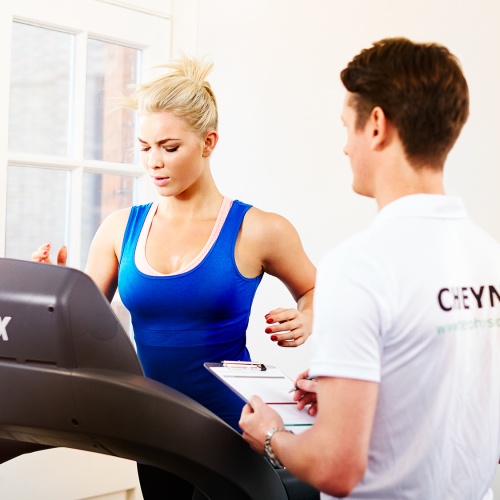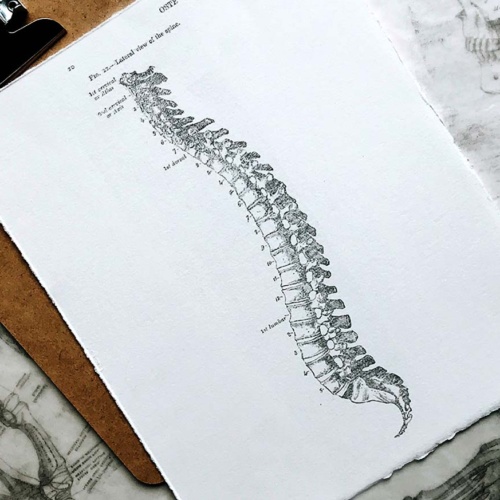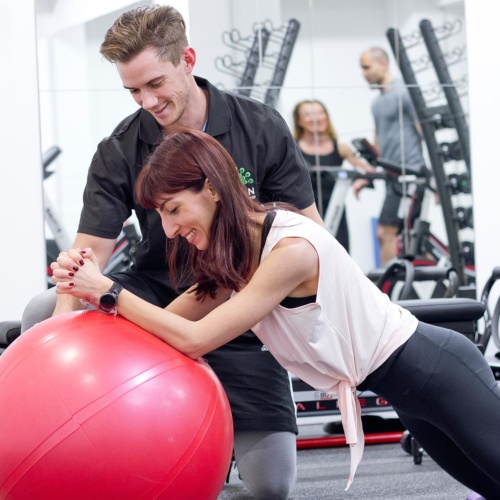Every hour, two people are being diagnosed with Parkinson’s Disease, and estimates show that around 145,000 people in the UK are living with Parkinson’s at present. It is the fastest growing neurological condition in the world, and currently there is no cure.
Parkinson’s is a chronic, progressive neurological disorder involving the division of the nervous system that regulates muscle reflexes. In other words, it is a condition that worsens over time, and affects the brain and the body’s ability to control movements.
There are over 40 symptoms, both physical and psychological, with the most common being tremors, rigidity, impaired posture and balance, slowed movements, speech impairments, depression and anxiety. But Parkinson’s affects everyone differently and not everyone will experience all of the symptoms.
So, what can people living with Parkinson’s do to improve their quality of life?
One simple – and possibly unexpected – answer to that question is exercise
Exercise is increasingly considered a complementary strategy to medication and has been proven to improve both motor and non-motor symptoms, including mobility, balance and cognition in people living with Parkinson’s.
Exercise provides its broad benefits through:
- inhibiting oxidative stress (an imbalance of free radicals and antioxidants in the body, which can lead to cell and tissue damage)
- repairing mitochondrial damage (mitochondria generate energy, store calcium, generate heat and mediate cell growth and death)
- promoting the production of growth factors
- reducing the risk of other age-related diseases such as cardiovascular disease and diabetes.
What type of exercise should you be doing?
The American College of Sports Medicine (ACSM) suggests focusing on aerobic, endurance, strength, flexibility and functional movements. Aim to work at 60-80% of your heart rate maximum (HR max is calculated by subtracting your age from 220) for more than 60minutes, 3 or more days a week.
The main focus is to improve or maintain your capacity to perform as many elements and activities of daily living as possible.
There are many different ways to exercise – identifying the specific type of exercise that you enjoy most will help you to stay motivated and find a routine that’s sustainable. In some instances, supervision may be necessary to ensure safety and prevent injuries.
Every individual is … well … individual
It is important to remember that the optimal exercise programme will vary from person to person, based on their symptoms, the findings from their initial assessment and their own individual goals.
At Ten, our goal is always to help you find the most effective and sustainable programme for your specific individual needs.
If you have questions or would like to talk to us about how we could help you, we’d love to hear from you. So please do get in touch – we’re at clinical@ten.co.uk





